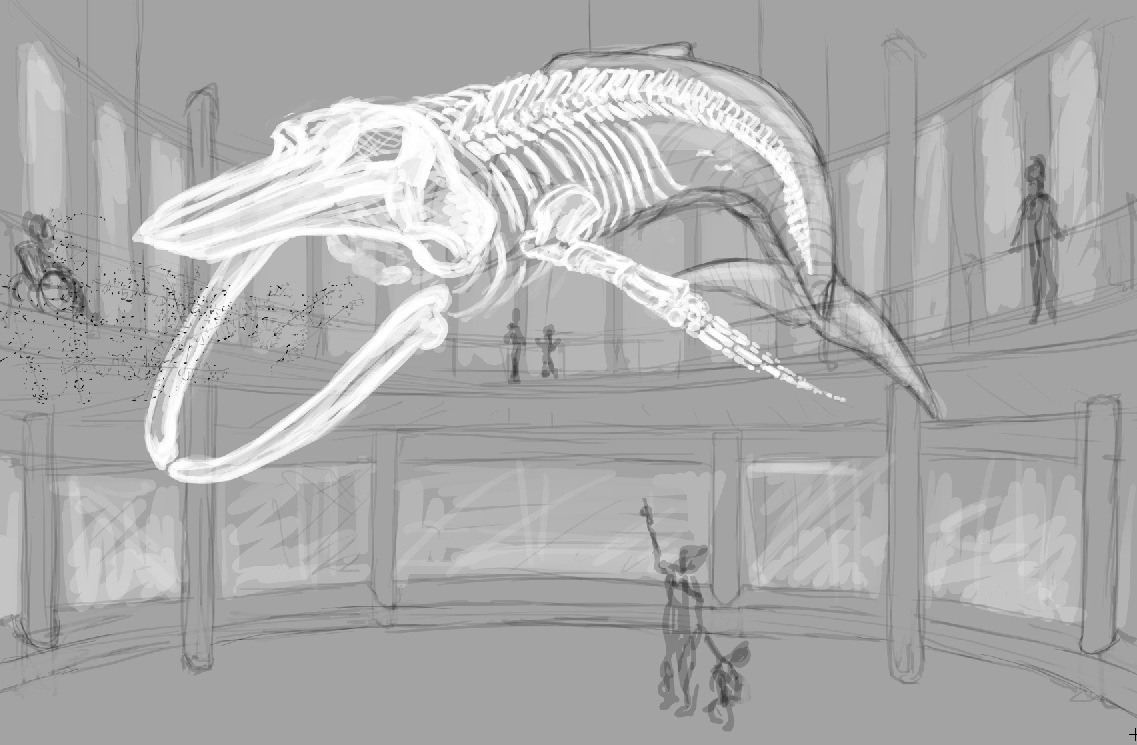
The LaBONEatory
The LaBONEatory will be the first new structure on the Noyo Headlands in generations. This 2,240 square foot facility marks groundbreaking on the Ocean Science Center campus, which will one day include a world-class natural history museum and cutting-edge research laboratories. For a community built on timber, transforming a part of the former millsite into a marine science center represents a profound evolution.
The LaBONEatory is purpose-built to house and articulate the skeleton of the largest creature in the animal kingdom—our 73-foot blue whale. Despite an improvised storage situation, this enormous specimen has been carefully cleaned, cataloged and studied over the last 16 years. With the opening of this facility, we will finally have a suitable space for articulation as well as a temporary viewing gallery until the Ocean Science Center’s exhibition hall is complete.
As the Ocean Science Center campus develops, the LaBONEatory is designed to evolve with it. While initially serving as home to our blue whale skeleton and the center of our marine mammal education programs, this adaptable space may eventually support regenerative aquaculture, marine technology development, Blue Economy ventures, and possibly a marine mammal triage center. It’s a building designed not just for the needs of the moment, but to evolve alongside our community in the decades to come.
The story of the LaBONEatory begins before the founding of the Noyo Center. In 2009, a 73-foot blue whale washed up on the Mendocino Coast. Recovering this specimen was a monumental undertaking, and hundreds of volunteers contributed. The energy and excitement unleashed by this experience—life-changing for many who participated—helped shape the genesis of the Noyo Center.
It was a brave leap for our small community to collect such an enormous skeleton without an established institution to lead the effort. Over the years our community has risen to every challenge, building the Noyo Center from the ground up. In this time we have diligently grown the skillset and capacity to tackle the articulation of this deepsea leviathan.
To learn more about our blue whale specimen, including a timeline of activities since 2009, visit our Blue Whale Project page.
Thank you for your support. Donate today!

